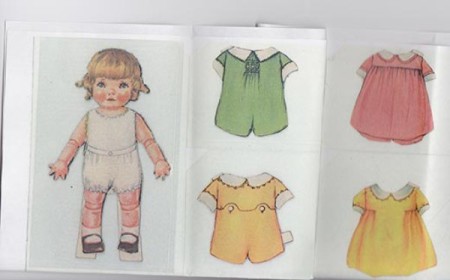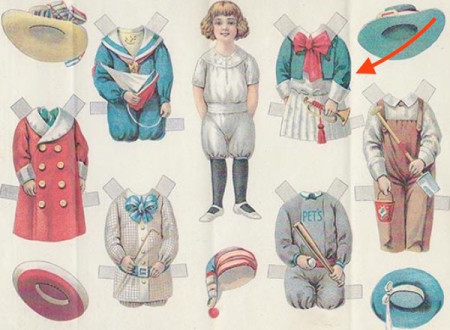Anyone who’s ever set foot in the “girl” aisle of Toys R Us knows that modern toy manufacturers like to assign pink for girl-toys and anything but pink (usually blue or black or camouflage) for boy-toys. Nowadays everything is color-coded, even pink or blue diapers, because Heaven forbid you should scar your child by dressing him or her in the wrong color, or giving him or her the wrong toy. I’ve ranted blogged about this before. But did you know that this pink-is-for-girls, blue-is-for-boys phenomenon is relatively recent?
Pre-20th century, girls often wore blue.
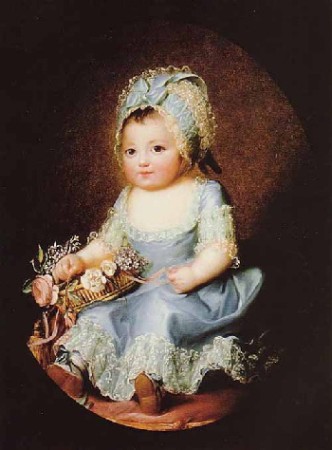
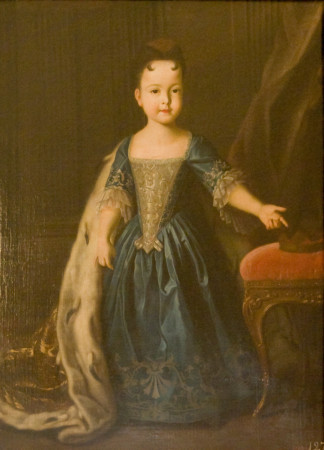 And baby boys often wore pink.
And baby boys often wore pink.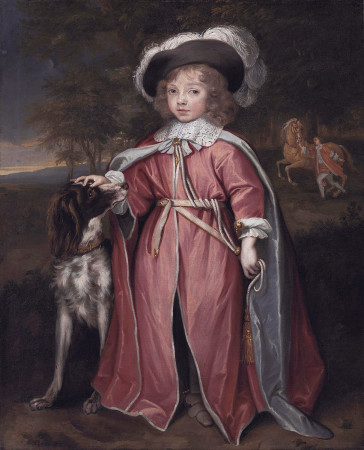
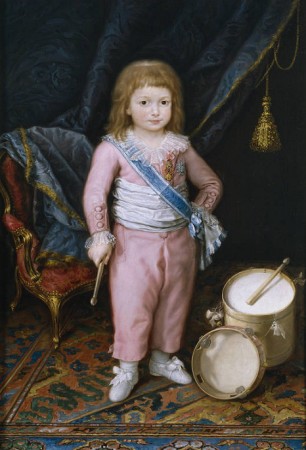 Some poor babies had to wear stuff like this.
Some poor babies had to wear stuff like this.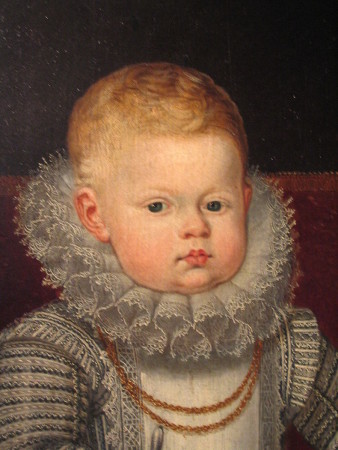
According to this article in Smithsonian, toy and clothing retailers didn’t dictate pink and blue as gender signifiers until the 1940s. Prior to that, you’d see lots of images like these (note these are both boys):
And most babies, at least those whose parents could afford to dress them somewhat fashionably, were made to wear long dresses and long hair until boys were “breached” at about age 6 or 7. That’s also when they got their first haircut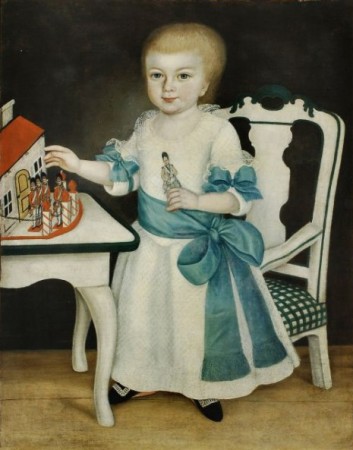
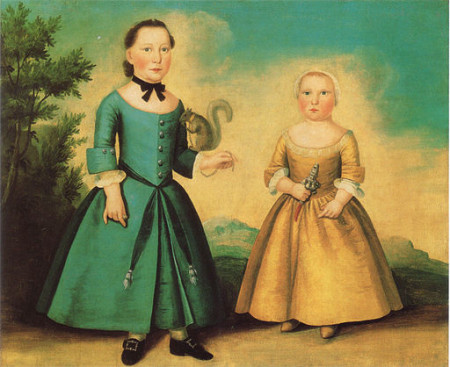
Special thanks to my friend, Ying Lee, for alerting me to this pink and blue historical phenomenon!
